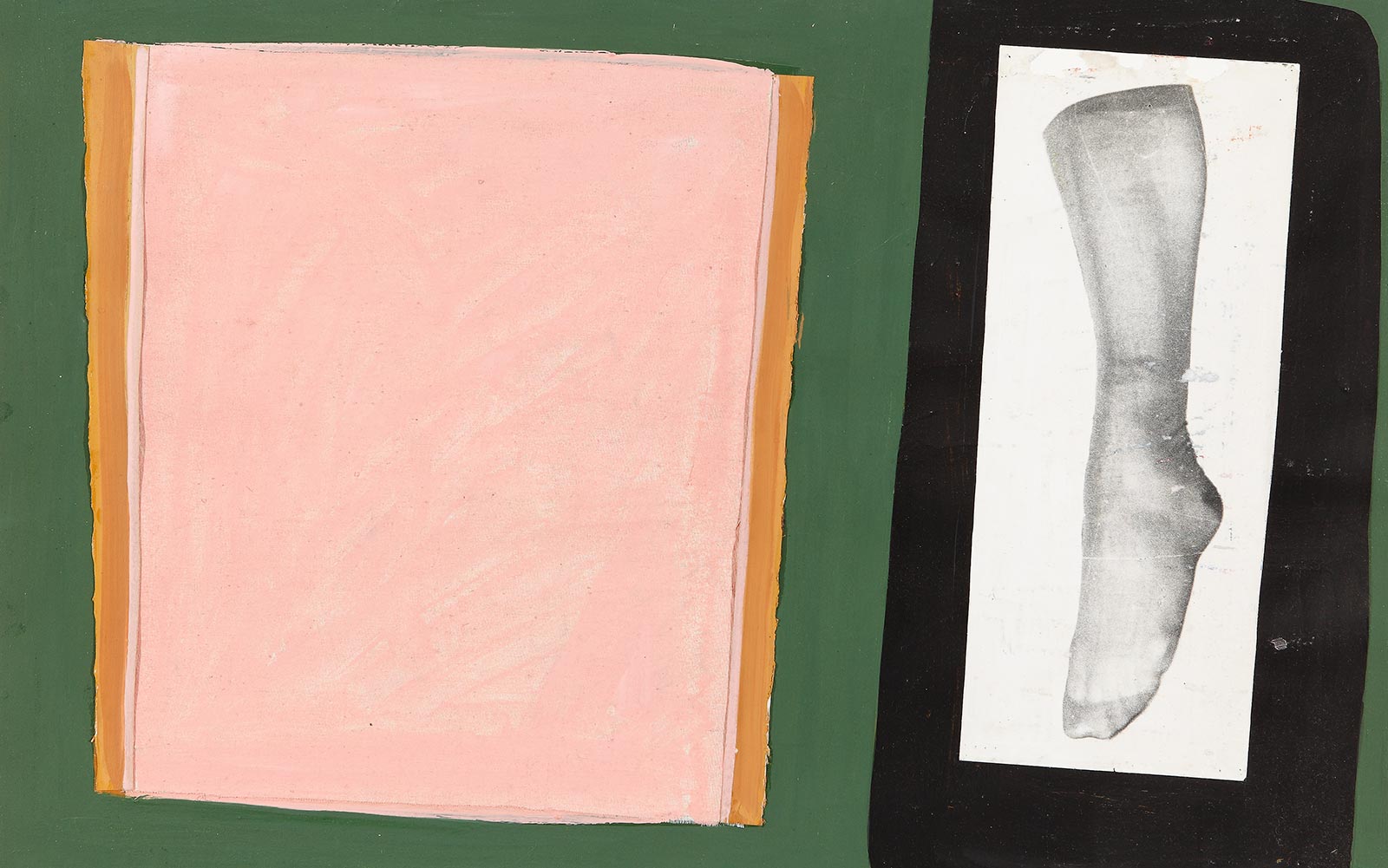New work by Sérgio Pombo at the CAM

Having begun to exhibit at the end of the 1960s, Sérgio Pombo (1947-2022) was responsible for a diverse production, which came to be associated with Pop Art, certain strategies of post-conceptualism and the ‘return to painting’ of the 1980s. Moving between mediums like painting, sculpture, drawing, silk-screen printing and photography, Pombo made the body the fundamental axis of his research, creating a non-narrative figuration. ‘All my visual work,’ the artist says, ‘has, since the beginning, been an attempt to represent the body. Men and Women. I’ve never painted landscapes and I’ve never been interested in “figurative painting” as a way of telling stories.’[1]
This new work acquired by the CAM complements a set of other pieces that already existed in the collection. In this set we are able to observe another of the artist’s characteristics: from his most abstract paintings to his apparently ‘hyper-realist’ sculptures, we always notice the same process of analysis through decomposition, isolating an element in order to resignify it, thus transmuting the individual into the universal, a concrete time into an abstract one.
In this work, dated 1978, Pombo arranges two elements on a green background: a pink plane, bordered by yellow, and a black plane, highlighting the figuration of a foot on a white background. By contrasting the figuration of the foot with the abstract pink plane (we do not know if it is a landscape, or a void, as Jorge Silva Melo would say), Pombo seeks to make them into signs of a similar nature, transcending their representativeness and endowing the painting with a concrete existence in space: ‘Blurring the boundaries of the “canvas” as much as possible. Letting the figure exist as an object, appealing, slow, bare, monotonous. A sign. A letter. I want to put my figures in the landscape without painting a landscape behind them. To let the painting exist in the geometry of the space, the room, the gallery. To let it float in real space. In any circumstance.’[2]
The same image of the female foot appears in another, larger-scale work from the same year. There is thus a process of fragmentation, but also of repetition: the same element, appearing in different compositions, allows us to follow the development of a visual thought, its resignification by the context. But also the passage of time and the transformations triggered by the memory of its revisitations: the image of the woman, ‘repeated, multiple and always different’, is an icon that intersects his work, revealing ‘an erotic desire of memory’ that continuously reinterprets the past.[3]
Luísa Cardoso
Researcher and historian of contemporary art
[1] Sérgio Pombo: Obras, 1973-2017, Lisboa, Fundação Carmona e Costa/Documenta, 2019, p. 117.
[2] Idem, p. 118.
[3] Idem, p. 117.